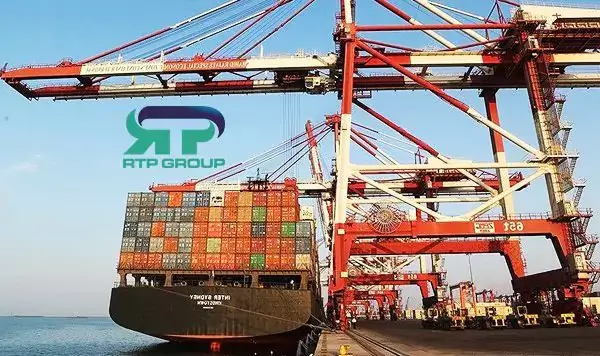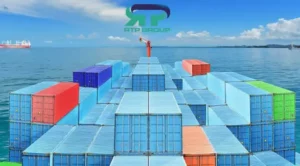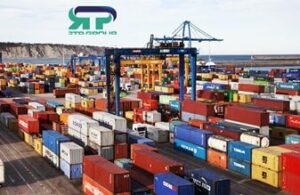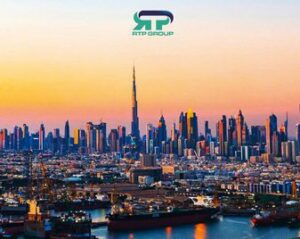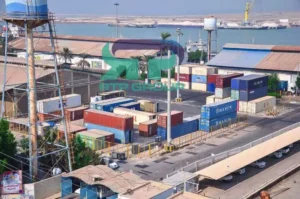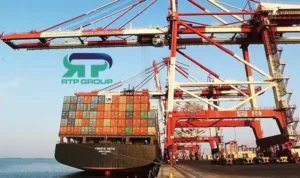Customs Tariff is Numerical Criteria (8-digit Code) which is allocated to goods (products) for the sake of identification. This code is used for categorizing and identifying goods at the Customs Office.
Harmonized System Codes (HS Code)
By use of HS code, we can categorize the imported goods. This code is different form one product to another.
The first 4 digits of the code are almost fixed all over the world. The highest Customs tariffs belong to
- Bahamas
- Iran
That is, Iran is in the second rank.
What is WCO?
This is an international organization established in Belgium. Amon the tasks of this organization are ranking and valuating the goods.
This organization which is known as the World Customs Organization supports the harmonized System (HS) Code.
All the member countries of WCO use the Harmonized System (HS).
Prioritization of the Customs Tarrif of Goods:
Based on the policies of the government in order to safeguard the currencies in the country, the government has decided on prioritization of the goods which three sections:
- First Priority: involves basic commodities that can be imported by Governmental Exchange Rate.
- Second Priority: includes non-basic commodities that can be imported by Export License and NIMA exchange Rate.
- Third Priority: includes goods and commodities which are prohibited to import.
General and Specific Notion of Customs Tariff :
- The general notion of Tariff which has wrongly become quite prevalent is when tariff is defined in percentages. For example, when it is asked that how many percent is the tariff on stationery!
Here, what is really meant is the customs duties which is 55 percent.
- The Specific Meaning of Tariff :
Tariff is in fact an 8-digit Code which is published annually in the Laws and Regulation. Every commodity has a row in this book and each row includes items like tariff (in an 8-digit code), and duties (in percentage).
Customs Duties
For every goods or commodity, a percentage of its total value must be paid the customs office as the custom duty.
It is currently 4 percent all over the world and it is in fact the tax that is received by the government from individuals who import a commodity to the country.
Import Duties:
Every individual who tends to import goods to the country is required to pay import duties.
- This is in fact a source of income for the governments; hence it is part of the import regulations all over the globe, however the amount of duties might be different in every country.
- Customs duty is in fact a sort of tax that is paid for importing goods to the country.
Two Components of Import Duties:
Import duties involve two components:
Customs Duties which is a fixed Number for all goods which is enacted by the Parliament (Islamic Consultative Assembly) and it is currently 4 % .
Commercial Benefits: which varies for different goods and is determined by the government. The amount of commercial benefits is determined by the Ministry Industry, Mine and Trade with regard to the overall policies of the country.
Why are the import Duties different for different goods?
After this brief introduction to Customs tariff, you must know why import duties differ from goods to goods. For this purpose, you should know the criteria for setting such tariffs. There are a lot of factors which affect this number which are sometimes quite complicated and vary from country to country.
One of the factors which has an important effect on the customs duties the amount of Domestic Production of the goods. For example, if the imported goods and commodities, is produced in the country, the government will set a higher import tariff on them in order to support the domestic production so that competition in the domestic market is in favor of the domestic manufacturers. If the imported goods have no similar domestic sample, lower tariff will be set to satisfy the needs of people more economically.
All in all, what fees and expenses do we have to pay to the customs office?
- Import duties which includes the customs duties and commercial benefit from which 1 percent will be allocated to Red Crescent (Helal Ahmar) organization.
- 9 % Value added Tax which might vary considering the type and quantity of goods.


